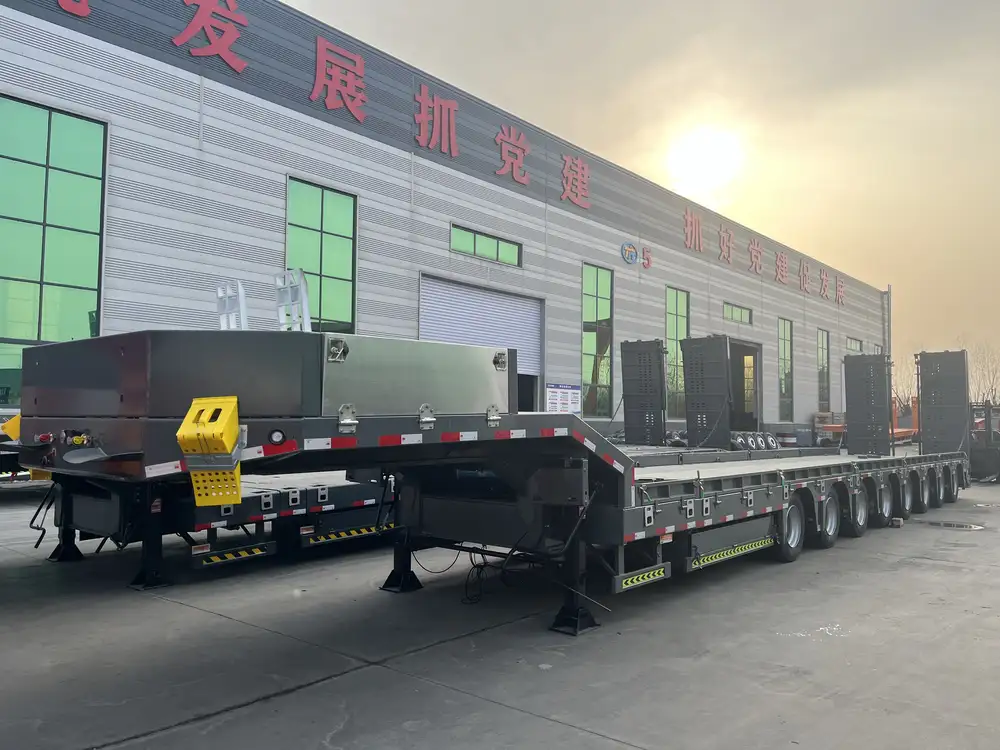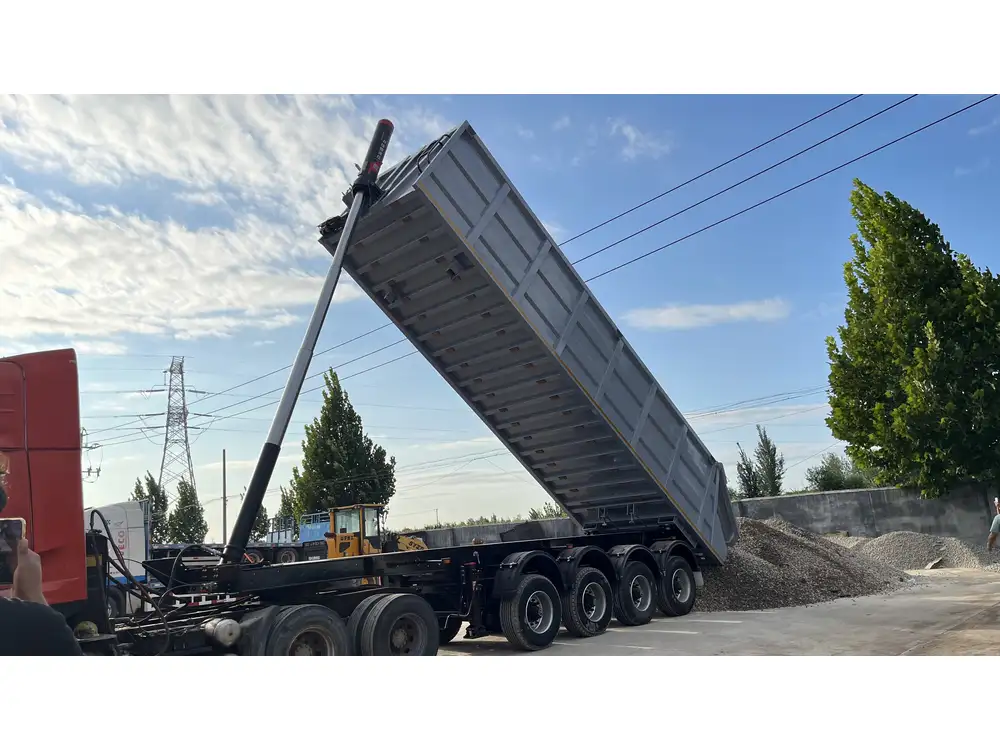When it comes to ensuring a smooth journey with your small travel trailer, understanding the financial implications of essential components, like holding tanks, becomes paramount. Holding tanks play a crucial role in the waste management of your travel trailer, enabling freedom and mobility without sacrificing comfort. Here, we will dissect the various factors affecting the cost of holding tanks, variations in types and sizes available, maintenance considerations, and how these factors ultimately influence your decision-making process.
Understanding Holding Tanks: An Essential Component
What is a Holding Tank?
A holding tank, in the context of travel trailers, is a specially designed reservoir used to collect human waste and greywater. It allows you to camp in remote areas without reliance on traditional sewage systems. These tanks can be divided into two main categories: black water tanks for toilet waste and gray water tanks for waste from sinks and showers.

Types of Holding Tanks
| Type | Description | Approximate Cost Range |
|---|---|---|
| Black Water Tank | Specifically designed for toilet waste. | $200 – $1,000+ |
| Gray Water Tank | Collects wastewater from sinks, showers, etc. | $150 – $800 |
| Combination Tanks | Tanks that accommodate both black and gray water | $300 – $1,500 |
Cost Factors of Holding Tanks for Small Travel Trailers
When evaluating the cost of a holding tank for your small travel trailer, multiple factors come into play. Understanding these factors equips you with the knowledge to make an informed purchase.
1. Size Matters
The size of the holding tank can significantly impact costs. Generally, holding tanks vary based on their capacity, measured in gallons. For instance, smaller travel trailers may opt for tanks ranging from 10 to 30 gallons. The larger the capacity, the higher the cost due to increased material usage and design complexity.

Size Comparison:
| Tank Capacity | Ideal For | Approx. Cost |
|---|---|---|
| 10-15 Gallons | Weekend campers | $150 – $300 |
| 20-25 Gallons | Extended trips for two | $300 – $600 |
| 30+ Gallons | Families or larger groups | $600 – $1,000+ |
2. Material Composition
The material used to construct the holding tank also influences the cost. Typically, holding tanks are made from:
- Polyethylene: Lightweight and resistant to corrosion, ideal for most users.
- Aluminum: More durable but generally more expensive.
- Fiberglass: Offers excellent resistance to chemicals but can be considerably pricey.
| Material | Durability | Cost Implication |
|---|---|---|
| Polyethylene | Moderate | Lower cost |
| Aluminum | High | Moderate to High Cost |
| Fiberglass | Very High | High Cost |
3. Installation Expenses
The procedure for installing a holding tank encompasses both labor and potential additional components (pipes, connectors, mounting brackets, etc.). Depending on your region and the complexity of installation, costs can fluctuate.
- DIY Installation: Saves labor costs but may require specific knowledge and skills.
- Professional Installation: Ranges from $200 to $500 on average depending on the complexity.

4. Brand Influence
The brand of the holding tank can affect the price. Established brands known for quality and performance often command higher prices, yet may offer better warranties and customer support.
5. Maintenance and Repair Costs
Long-term costs should also factor into your budget. Regular maintenance of your holding tank ensures longevity and reduces the likelihood of expensive repairs down the line. Here are some common maintenance tasks:
- Regular Inspections: Cost-efficiency in detecting leaks and damages early (around $50 each time).
- Cleaning: Essential to avoid waste buildup, can range from $75 to $150 when hired.
- Repairs: Depending on the issue, repairs can be variable, averaging between $100 and $500.
Features to Consider When Choosing a Holding Tank
Selecting a holding tank is not merely a matter of cost; there are essential features to consider that can enhance your travel experience:
Sensor Technology: Many modern tanks include gauge sensors that aid in monitoring the tank’s fullness, prompting timely emptying and preventing overflows.
Ease of Cleaning: Look for tanks designed with features that facilitate cleaning, such as smooth surfaces and access ports.
Insulation: In cooler climates, insulated holding tanks help in preventing freezing, ensuring waste management remains efficient.
Compatibility: Ensure that the chosen holding tank is compatible with your travel trailer’s plumbing system for seamless installation.

Environmental Considerations
Making an environmentally conscious decision can not only lower costs but also positively impact nature. Look for tanks that are:
- Recyclable: Certain materials allow for future recycling, reducing environmental waste.
- Low Odor Design: Tanks designed with odor-proof seals can mitigate unpleasant smells.
Frequently Asked Questions
How can I save money on holding tanks?
- Compare Brands: Shop around to find competitive pricing.
- DIY Installation: If you’re handy, you can save on labor costs.
- Regular Maintenance: Timely care reduces the likelihood of costly repairs.

What’s the average lifespan of a holding tank?
Most holding tanks have a lifespan of 5-15 years, depending on material quality and maintenance routines.
Is it possible to upgrade my holding tank later?
Yes, upgrading is possible, although it may involve additional installation costs and adjustments to your plumbing.
Conclusion: Making the Right Investment
When deciding how much to invest in a holding tank for your small travel trailer, consider multiple factors from size and material to installation and maintenance. A well-chosen holding tank not only simplifies waste management while traveling but also enhances your overall experience. Remember, investing a bit more upfront in quality can save you hassles and costs in the long run, making your travel as enjoyable and efficient as possible.
Understanding these dynamics positions you to make a decision that best fits your travel needs, budget, and long-term expectations. Whether you’re a weekend warrior or a full-time traveler, the correct choice in holding tanks can enhance your trips, allowing you to focus less on logistics and more on the journey ahead.



